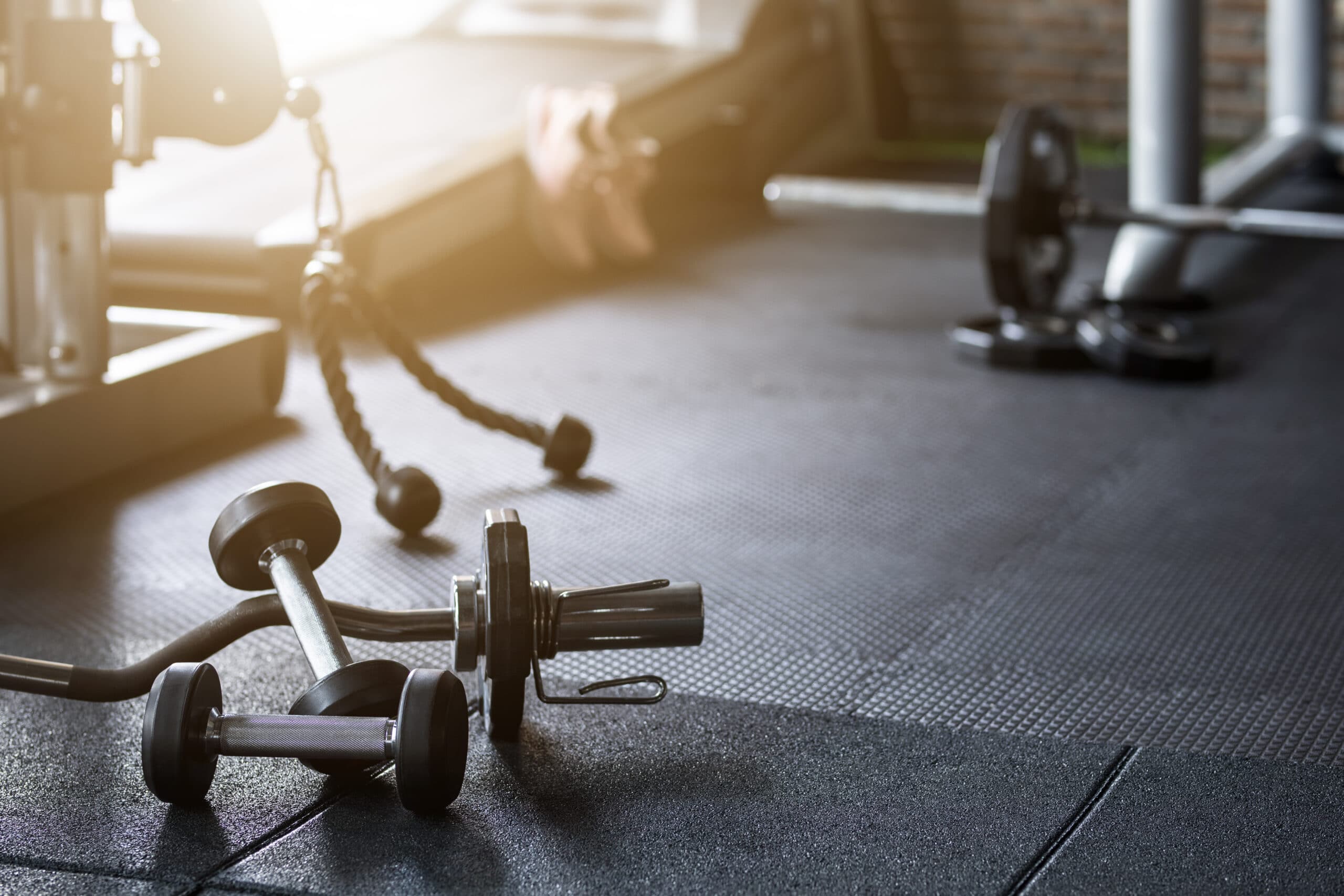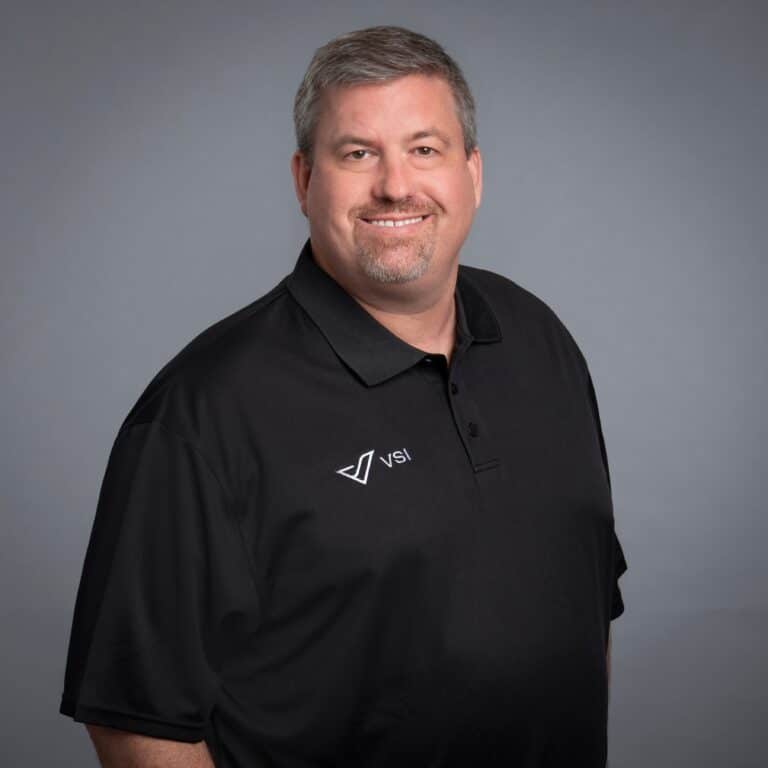
Productive Pain vs. Harmful Pain
Many people have experienced some degree of pain from working out or from an injury/trauma. The saying, “No pain, no gain” has been used in fitness and athletic circles for years. There is some truth to some discomfort from exercise being “good pain.” But, knowing when to listen to your body and knowing when to seek help with your workout or injury is important information to know.
Good Pain vs. Bad Pain
Exercise stresses the body with the goal of causing physiological changes that will enhance strength, muscular endurance, muscular coordination (motor control); with the hope of improving the performance in an activity, functional task, or athletics. By pushing our physical boundaries and functional performance with exercise we almost always feel some level of discomfort. The goal of exercise is to balance the stresses of pushing the physical limits of the body, “good pain”, and not to overload the body, causing “bad pain”, or significant inflammation.
Should I Push Through My Pain?
The question often asked is “Should I push through the pain?” The answer to this question can be challenging and we would like to clarify the often conflicting information out there. The short answer is a degree of low level soreness is acceptable, but you should not push through anything significant. I personally tell my patients “Our bodies are built to move and I want you to be as active as you can without causing any additional damage or inflammation.” To do this, I simply tell them they should not experience an increase in discomfort, while exercising, more than 1-2 points on a 10-point scale. If your pain increases by more than 3 or more points you need to stop or modify the activity or exercise so that it does not increase more than 2 points. If you continue to have pain, greater than 3 out of 10 while performing an exercise, then should stop that exercise and consult with your physical therapist before continuing.
Good Pain Does Exist
Good pain exists, usually in the form of muscle soreness. Soreness and achiness during or after exercise is the result of mild inflammation or micro-tears in your muscle, tendons, and connective tissue. A build up of lactic acid can also cause muscle soreness. Small microtears are actually beneficial for laying down new muscle growth and strengthening muscles, called hypertrophy. However, exercise that causes significant stress to muscle, tendons, and ligaments can lead to significant inflammation and injury. Delayed onset muscle soreness, aka DOMS, is a form of exercise-induced muscle soreness that can develop when you perform a new physical activity. DOMS typically occurs when you perform eccentric muscle lengthening which is when you engage your muscles while they are lengthening. Activities that use eccentric muscle lengthening are when you slowly your body down into a chair, squat, or lunge. Running downhill is another example of eccentric muscle loading. The soreness from DOMS can last for a couple of days, but the good news is that it will go away. If you are experiencing low-level soreness that improves or resolves relatively quickly you are probably ok to continuing working out. Movement and exercise will often times help ease the muscle achiness. If the soreness lasts more than a few days or worsens you need to know when to listen to your body.
Know When To Listen To Your Body
How do you know if you’re doing too much? Pain during physical activity is a signal you are putting too much stress and strain on your body. Pain is the body’s way of signaling the presence of a potentially harmful injury. People can take the “No Pain, No Gain” messaging too far. When you have pain, your body is trying to tell you something and you need to listen or risk injuring yourself.
Signs and Symptoms that mean something more might be going on and you should seek medical attention from your physical therapist or doctor are:
- Pain with exercising that increases greater than 3 points out of 10.
- Sudden, significant or sharp pain while exercising.
- Sharp pain that prevents you from moving a body part causing a decrease in its range of motion or not able to move it at all.
- Pain in an area previously injured or where you’ve had surgery.
- Pain in an area with a structural deformity or significant swelling.
- No pain relief after several days of rest, ice, or over-the-counter anti-inflammatory medication.
- Pain that is constant, keeps you awake at night, or is worsening.
- Pain that has associated pressure and bruising.
- Pain associated with fever or chills.
R.I.C.E vs P.O.L.I.C.E
When you have an injury you used to follow the rules of RICE, which is Rest, Ice, Compression, and Elevation (if swelling occurs). Now the research has a new and improved set of rules to follow, POLICE. POLICE stands for Protection, Optimal Loading, Compression, and Elevation. A certain amount of inflammation is needed to trigger the body’s healing response. Rest can be helpful initially, but many people can take the rest phase a bit too far. Too much rest and immobilization of an injured area can actually become detrimental and cause poor healing responses. To promote an optimal healing environment you must first eliminate the source of inflammation. Soon after a little rest you want to start moving the injured area by adding Protection and Optimal Loading. Adding Protection and Optimal Loading, to the healing equation, research has shown improved healing potential following injuries. Protection of an injured area refers to using supports (ankle brace) or assistive devices (crutches) to help allow more functional movements. Optimal Loading refers to gentle loading and movements you can start, while in the Protection phase, with a progression from passive range-of-motion, active ROM, and strengthening. Progressive loading, of your injury, will promote optimal healing, muscle co-contraction, and prevent delays in recovery due to joint, ligament/tendon, and muscle atrophy.
Start Easy, then Progress
When you start a new activity or are recovering from an injury…start easy. Start at a low intensity and duration and slowly and reasonably build resistance, intensity and endurance. A start low and go slow approach can be applied to cardiovascular exercise, weight training, and nearly all exercises. If you wish to progress more quickly I would encourage you to consult with an exercise professional, like the Physical Therapists here at VSI Physical Therapy, that can assist you with a training schedule that will help avoid injury and maximize your potential.
Topics covered
About the Author
Featured Resources
Insights to Achieve a Pain-Free Life



